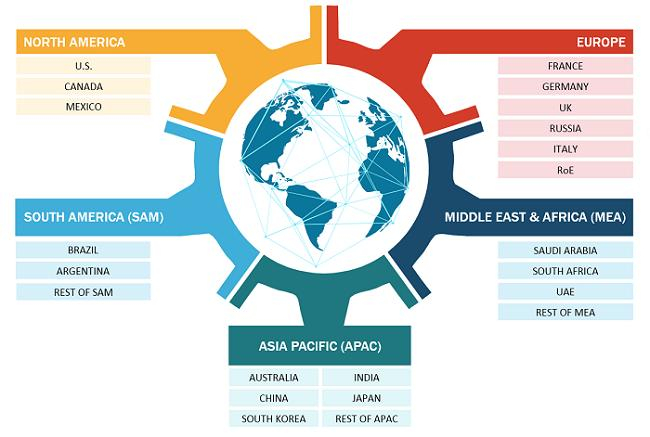A comprehensive market research report titled “Wood Adhesives Market Size and Forecast (2021–2031): Global and Regional Share, Trend, and Growth Opportunity Analysis” has been released, offering an in-depth analysis of the global wood adhesives industry. According to the report, the wood adhesives market is projected to reach USD 6.79 billion by 2031 , up from USD 4.57 billion in 2023 , growing at a compound annual growth rate (CAGR) of 5.1% from 2023 to 2031.
The report provides granular insights across resin types (natural and synthetic), technologies (solvent-based, water-based, others), applications (furniture, plywood, flooring, doors and windows, and others), and key geographies, offering strategic guidance to industry stakeholders, investors, and policymakers.
Driving Forces Behind Market Growth
The robust growth trajectory of the global wood adhesives market is attributed to several key factors:
-
Booming construction and infrastructure development , especially in emerging economies
-
Rising demand for engineered wood products like plywood, particleboard, and laminated veneer lumber (LVL)
-
Growing preference for sustainable and environmentally friendly adhesives
-
Technological advancements in adhesive performance and formulation
The construction sector continues to be the largest end-use industry, contributing significantly to the demand for durable and high-performance bonding materials. As sustainable construction becomes a global priority, wood adhesives—especially water-based and bio-based options—are gaining increasing attention.
Market Segmentation Highlights
By Resin Type
The market is categorized into natural and synthetic resin adhesives .
-
Synthetic Resin Adhesives (eg, urea-formaldehyde, phenol-formaldehyde, polyurethane) dominate the market due to their high bonding strength and industrial applicability.
-
Natural Resin Adhesives , derived from renewable sources like starch, lignin, and soy, are gaining traction in light of environmental regulations and VOC compliance.
Synthetic adhesives accounted for more than 75% of the global market share in 2023, but the natural adhesives segment is expected to experience higher growth during the forecast period.
By Technology
The report segments the market into:
-
Solvent-Based Adhesives
-
Water-Based Adhesives
-
Other Technologies (eg, hot melt and reactive adhesives)
Water-based adhesives are expected to see strong adoption due to their low toxicity, low VOC emissions, and ease of use, especially in residential and indoor applications. Hot melt adhesives are also gaining popularity for offering fast setting time and clean processing, making them ideal for high-speed industrial manufacturing.
By Application
Key application segments analyzed include:
-
Furniture (largest application segment)
-
Plywood
-
Flooring
-
Doors and Windows
-
Others (decorative items, paneling, etc.)
The furniture and plywood sectors together constitute over 60% of the total market share and are anticipated to retain their dominance throughout the forecast period. Growth in modular furniture and custom interior solutions is further driving adhesive demand in the segment.
Regional Analysis
Asia-Pacific (APAC)
APAC emerged as the largest and fastest-growing regional market, driven by rapid urbanization, infrastructure development, and expanding furniture manufacturing sectors in China, India, Indonesia, and Vietnam. The region is expected to continue leading the global market, registering a CAGR exceeding 6% during the forecast period.
North America
A mature market with growing demand for low-emission adhesives, particularly in home renovation and DIY applications. The U.S. leads regional consumption, backed by a strong base of manufacturers and sustainable building initiatives.
Europe
Europe's wood adhesives market is shaped by strict environmental regulations and high R&D investments in bio-based adhesives. Countries like Germany, France, and Sweden are leading the transition toward sustainable bonding technologies.
Latin America and Middle East & Africa (MEA)
These emerging markets offer untapped opportunities due to increasing residential construction, growing disposable incomes, and rising awareness of modern woodworking technologies.
Competitive Landscape
The global wood adhesives market is characterized by moderate fragmentation with key players focusing on innovation, regional expansion, and sustainable product development.
Major Players Featured:
-
Henkel AG & Co. KGaA
-
H.B. Fuller Company
-
Sika AG
-
Arkema Group
-
3M Company
-
Akzo Nobel N.V.
-
Ashland Inc.
-
Dow Inc.
-
Huntsman Corporation
-
Pidilite Industries Ltd.
Leading players are actively investing in formaldehyde-free formulations, bio-based raw materials, and advanced curing technologies to meet changing customer and regulatory demands.
Opportunities and Challenges
Opportunities:
-
Rising demand for green building materials
-
Technological innovation in pressure-sensitive and moisture-curing adhesives
-
Expansion into emerging markets with high construction and housing growth
Challenges:
-
Volatility in raw material prices , especially petrochemical-based resins
-
Regulatory restrictions concerning VOC emissions and chemical safety
-
Competition from mechanical fasteners and alternative bonding techniques
Despite these challenges, market players who prioritize R&D, eco-compliance , and customer-focused customization will be best positioned to leverage the opportunities in this evolving market.
Conclusion
The wood adhesives market is entering a transformative phase as global industries adopt more sustainable, efficient, and innovative bonding solutions. With a projected valuation of USD 6.79 billion by 2031 and a CAGR of 5.1% , the market presents ample opportunities for innovation, investment, and strategic expansion.
Stakeholders—ranging from chemical manufacturers and construction firms to policymakers and sustainability advocates—are encouraged to leverage these insights to navigate the complexities of the market and secure long-term competitive advantage.
About the Report
The “Wood Adhesives Market Size and Forecast (2021–2031)” report offers detailed quantitative and qualitative analysis, including:
-
Market size and forecasts by segment and region
-
Competitive benchmarking and strategic profiling
-
Analysis of current trends, drivers, constraints, and opportunities
-
Industry regulations and environmental outlook
